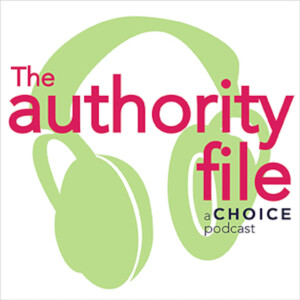
Defining Predatory Journals and What’s at Stake
 2024-05-06
2024-05-06
More than an inconvenience or nuisance, predatory publishing practices can inflict lasting harm onto scholarship, researchers, and the academic publishing landscape. To discuss this incessant and, as one guest frames it, “whack-a-mole” issue, the speakers for this four-part series provide their expertise as part of scholarly analytics service Cabells. Evaluating potentially predatory journals through its rigorous standards and criteria, Cabells publishes Predatory Reports to track the ever-growing list of problematic journals. This series explores the tactics of such journals and preventative measures academics can take to help identify and avoid predatory publishers.
In the first episode of this series, Ashley Carroll, Project Manager, Yasmeen Zubair, Journals Manager, Ruth Bailey, Journal Auditor, and Mike Bisaccio, Director of Marketing & Communications, define predatory publishing, underscoring a journal’s display of fraudulent or deceptive behaviors to appear legitimate with the clear intent of collecting fees from researchers. Further, Mike shares the overwhelming number of predatory journals identified by Cabells, while Ruth walks through the various stakeholders vulnerable to these journals and what’s at stake for the scholarly community.
Missed an episode? Subscribe to our monthly newsletter, Choice Podcast Updates, and check out the Authority File Round-Up on our blog, Open Stacks!
More Episodes
Create your
podcast in
minutes
- Full-featured podcast site
- Unlimited storage and bandwidth
- Comprehensive podcast stats
- Distribute to Apple Podcasts, Spotify, and more
- Make money with your podcast
It is Free
- Privacy Policy
- Cookie Policy
- Terms of Use
- Consent Preferences
- Copyright © 2015-2024 Podbean.com





